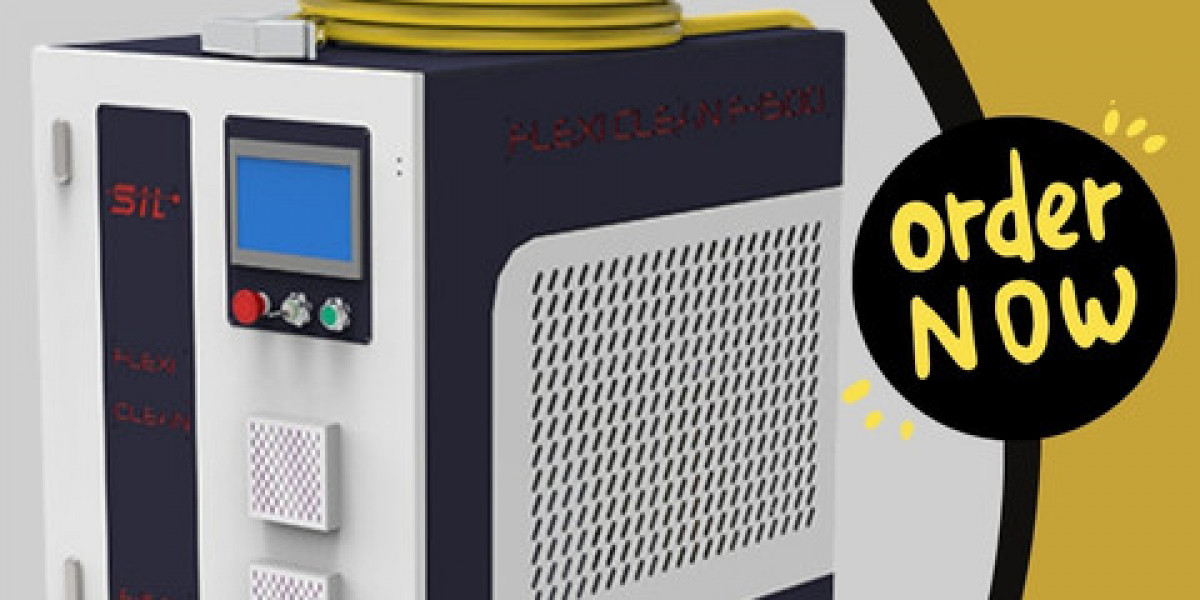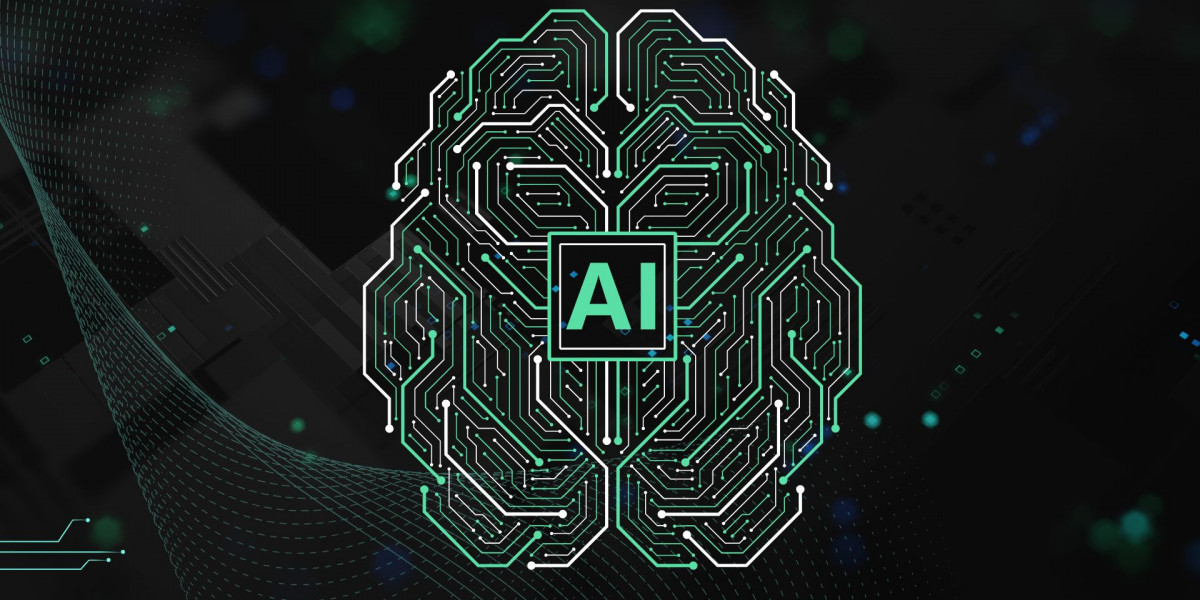This technology is gaining traction not only among industrial professionals but also in workshops, garages, and even heritage conservation circles. But what exactly is a laser rust cleaner, and how is it redefining the way we approach rust?
What Is a Laser Rust Cleaner?
A laser rust cleaner is a precision device that uses focused laser beams to remove rust, paint, oxide layers, and other contaminants from metal surfaces. Unlike traditional rust removal techniques, it doesn’t rely on friction, chemicals, or abrasive materials. Instead, it directs a high-energy laser beam at the surface, instantly vaporizing the unwanted rust particles without damaging the base metal.
The process is often referred to as “laser ablation.” It involves the absorption of laser energy by the rust layer, causing it to heat up and turn into gas, which is then vacuumed away. This approach leaves the underlying metal untouched and ready for further processing like welding, coating, or polishing.
Why the Laser Rust Cleaner Is Causing a Buzz
The growing popularity of the laser rust cleaner isn't just a passing trend—it’s the result of a major leap forward in how we think about metal surface treatment. Its appeal lies in its precision, cleanliness, and efficiency. Imagine restoring a vintage motorcycle chassis without the dust storm of grinding, or prepping an industrial pipeline with zero downtime caused by surface damage.
This tool appeals to a broad range of users:
Automotive restorers looking for a gentle but effective method.
Manufacturing plants streamlining their maintenance cycles.
Artists and sculptors preserving the integrity of metal sculptures.
Aerospace and defense industries where surface integrity is non-negotiable.
The variety of use cases alone is enough to show how adaptable a laser rust cleaner can be.
A Peek Behind the Technology
Though it may seem like something from a sci-fi movie, the science behind the laser rust cleaner is grounded in well-understood principles of optics and thermodynamics. The laser beam used is typically from a fiber laser or pulsed laser, designed to deliver short, high-intensity bursts of light. When these bursts strike the rusted surface, the energy is absorbed specifically by the contaminants—oxidation, paint, or grime—rather than the base metal.
That’s because rust and other impurities have different thermal and optical properties. These differences allow the laser to be calibrated precisely to remove only the unwanted layers. The result is a clean, ready-to-use surface without grinding marks or chemical residues.
Where Laser Rust Cleaners Are Making the Most Impact
Industrial Maintenance
In manufacturing and heavy industries, downtime is expensive. Traditional rust removal techniques often require halting operations, dismantling parts, and extended drying times. A laser rust cleaner simplifies the process. It can be used on-site, sometimes even without disassembly. This minimizes operational disruption and increases efficiency.
Automotive Restoration
Restorers of vintage cars and motorcycles often walk a tightrope: how do you remove rust without harming original parts? With a laser rust cleaner, that challenge becomes manageable. Intricate parts and surfaces can be treated without losing structural detail or damaging threads and fittings.
Shipbuilding and Marine Repair
Saltwater environments are brutal on metal. Ship hulls, tanks, and marine tools are constantly battling corrosion. Laser cleaning ensures these surfaces are treated quickly, thoroughly, and without releasing toxins into the environment—an essential advantage when working near or on water.
Art Conservation
For museums and artists, preserving metal sculptures or antique tools requires non-invasive techniques. The laser rust cleaner offers a gentle touch with maximum control, making it ideal for precision work in delicate environments.
Cost vs. Value: Is It Worth the Investment?
Let’s address a common concern—cost. Yes, a laser rust cleaner isn’t the cheapest tool in the shed. Units can range from a few thousand dollars for portable models to tens of thousands for industrial-grade machines. But what’s often overlooked is the long-term value.
Think about the time saved. The cleaner process. The elimination of consumables like sandpaper, chemicals, or safety gear. Over months or years, the cost of ownership balances out—especially for professionals using it regularly. For businesses, the return on investment can be even quicker through increased productivity and reduced waste.
Environmental Responsibility: A Cleaner Way to Clean
One of the most appealing aspects of a laser rust cleaner is its environmentally friendly profile. Traditional methods often involve solvents, acidic solutions, and dusty abrasives—all of which pose health and disposal risks. Laser cleaning doesn’t produce hazardous waste or toxic runoff.
What’s more, it reduces worker exposure to harmful particles. This is a major advantage in industries subject to strict environmental regulations or seeking greener, more sustainable practices. As more companies adopt eco-conscious policies, laser rust cleaning is becoming a natural fit.
How to Choose the Right Laser Rust Cleaner
Not all laser rust cleaners are created equal. The right choice depends on your specific application. Here are a few factors to consider:
Power Output: Higher wattage generally means faster cleaning but also increases the cost.
Portability: Do you need a benchtop unit for a shop or a portable device for on-site jobs?
Interface: Some units come with digital displays and programmable settings for different materials.
Cooling System: Continuous operation requires good heat management. Check whether the unit uses air or water cooling.
A bit of homework up front will ensure your investment matches your needs and expectations.
Maintenance and Longevity
Laser systems are durable and require relatively low maintenance compared to abrasive or chemical equipment. Periodic cleaning of lenses, occasional replacement of optics, and keeping the system cool and dust-free will ensure your laser rust cleaner operates for years. Manufacturers often provide comprehensive support and warranties, further protecting your investment.
Real-World Success Stories
Across industries, the laser rust cleaner has been a game-changer. In the aerospace sector, technicians have used it to prep landing gear without compromising tolerances. A welding shop in Texas slashed surface prep times by 60% after replacing sandblasting with a compact handheld laser unit. In France, a conservation lab restored a 200-year-old iron gate, preserving its detailing with pinpoint laser precision.
The message is clear: this isn’t a gimmick or niche tool—it’s a serious piece of equipment delivering serious results.
Final Thoughts
Rust is relentless, but the way we fight it has evolved. A laser rust cleaner represents more than just a tool—it symbolizes a smarter, cleaner, and more efficient future for metal restoration. Whether you're a professional welder, an antique restorer, or a maintenance technician, this device opens new doors.
With its precise operation, environmentally friendly profile, and growing affordability, it's no wonder more and more industries are turning to laser technology. The old days of grinding, brushing, and bathing your parts in chemicals may soon be behind you. All it takes is the right beam of light to turn back the clock on corrosion—no mess, no fuss.
Would you like help choosing the best laser rust cleaner for your needs








